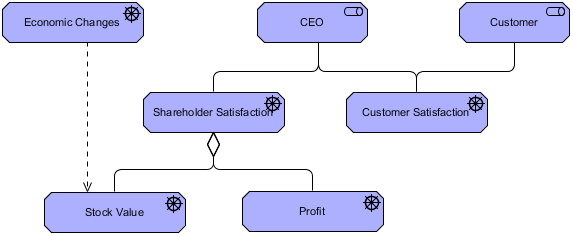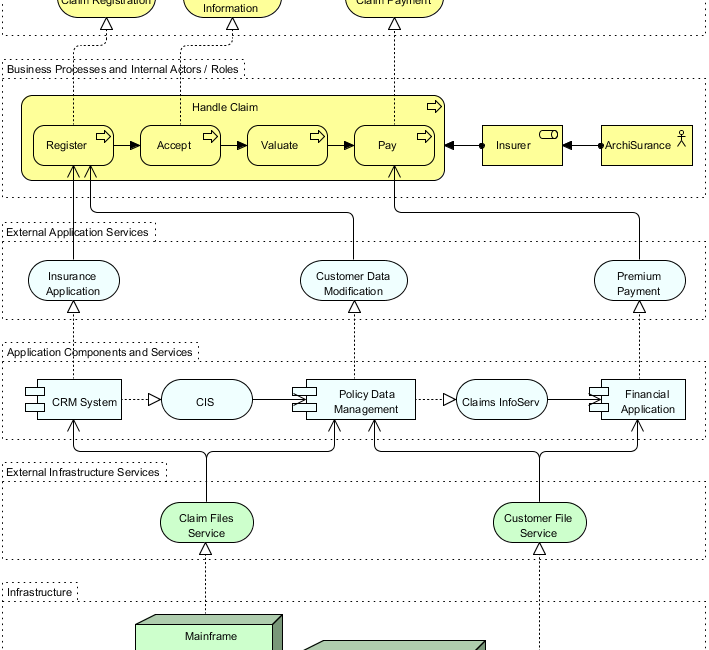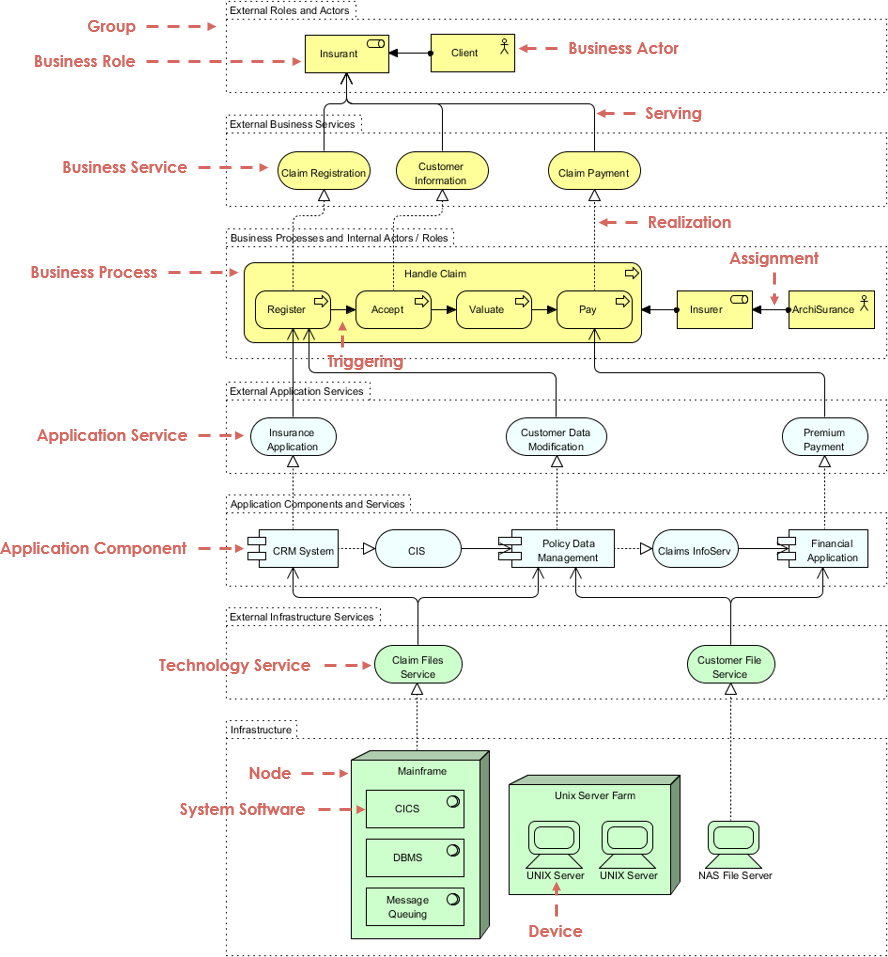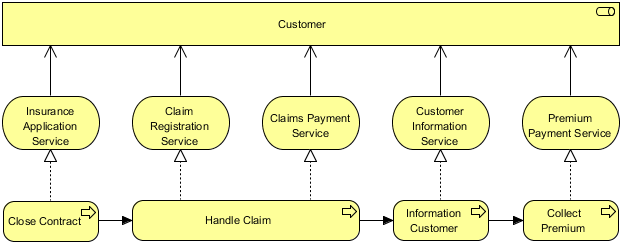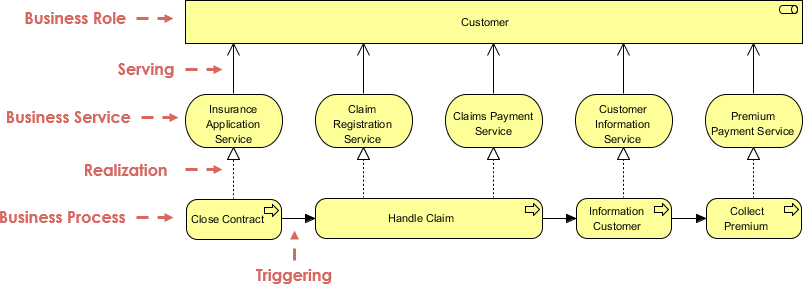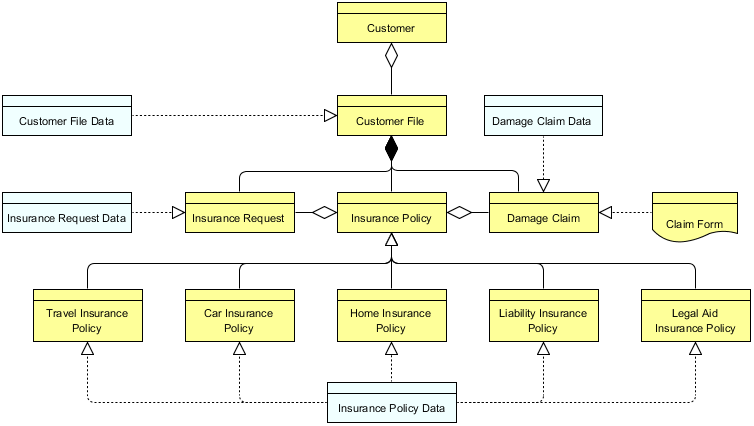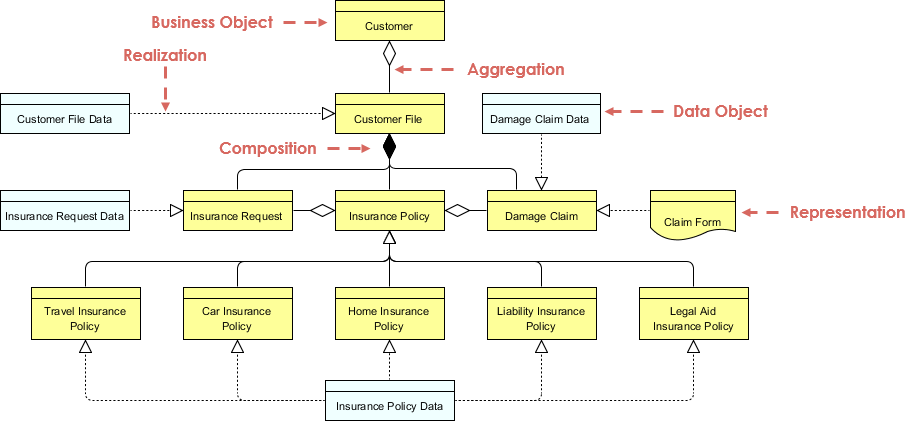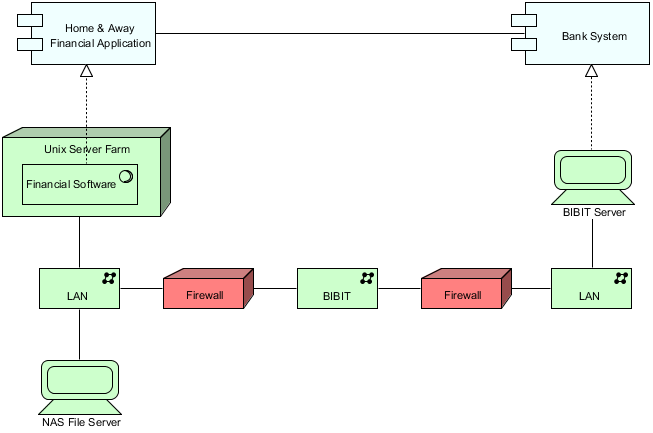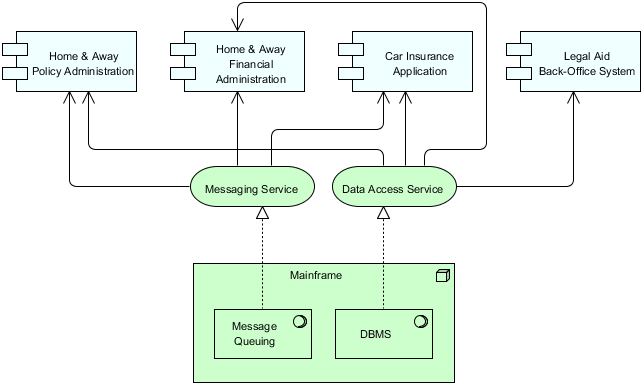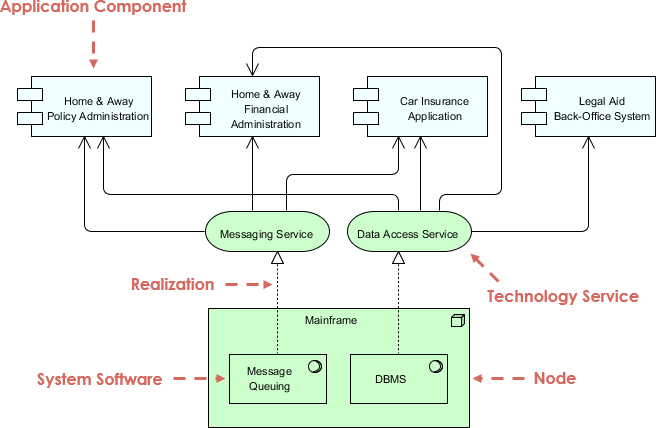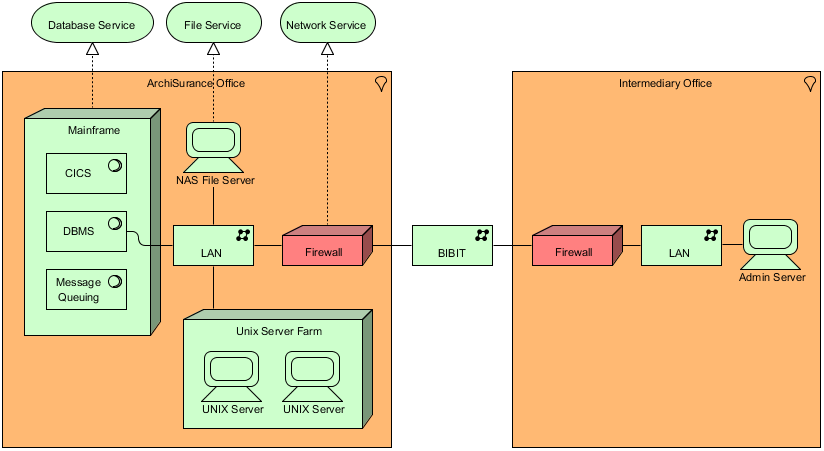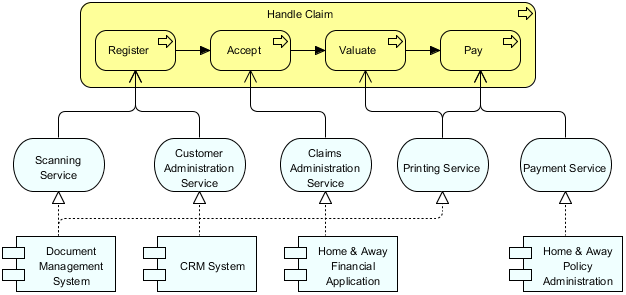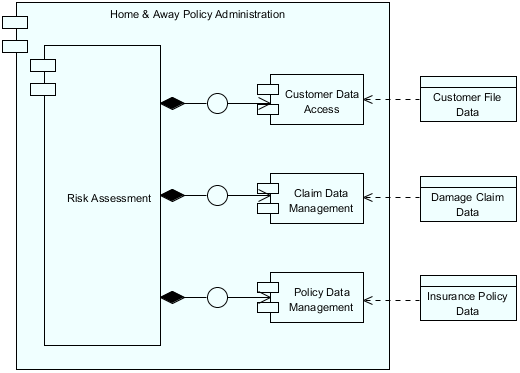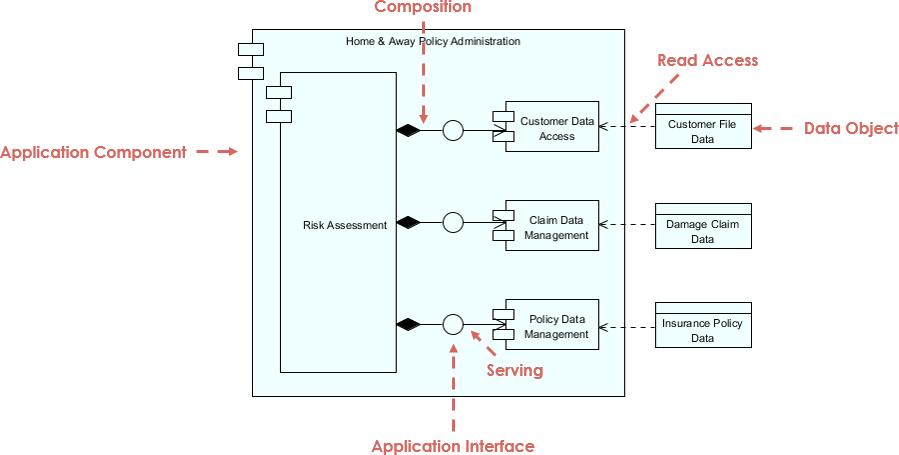
The ArchiMate example illustrates the modeling of internal and external drivers of change. Stakeholders CEO and Customer share a common concern Customer satisfaction, which is an internal driver of change. The stakeholder CEO also has the satisfaction of the company’s shareholders as a concern. This driver can be decomposed into two sub-drivers: Profit and Stock value. In addition to these internal drivers, there is an external driver Economic changes, which influences the stock value.
Import into your Project
Open diagram in Visual Paradigm [?]Copy the URL below, paste it in the Open Project windows of Visual Paradigm and press Enter to open it |
Posted by:
